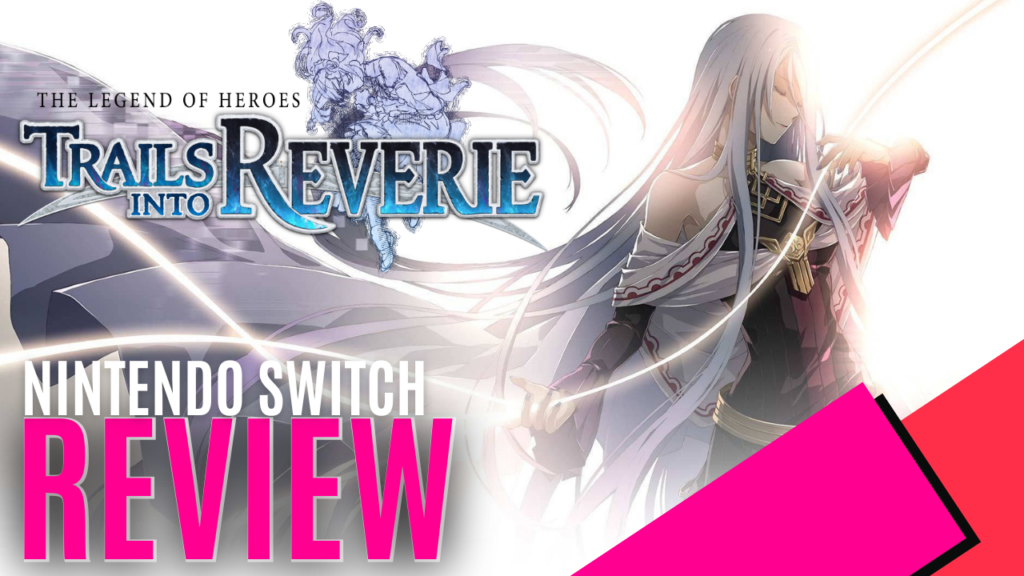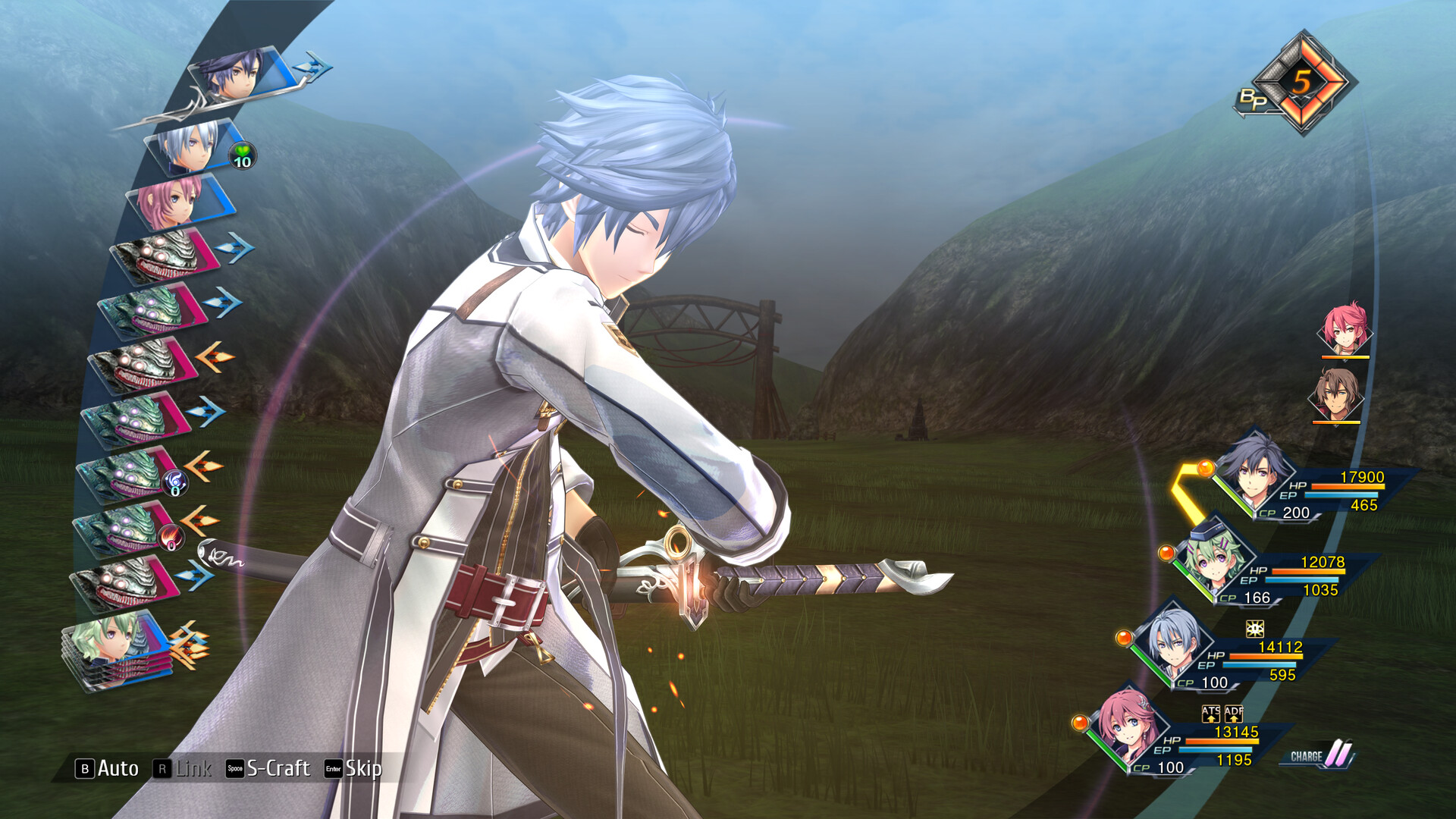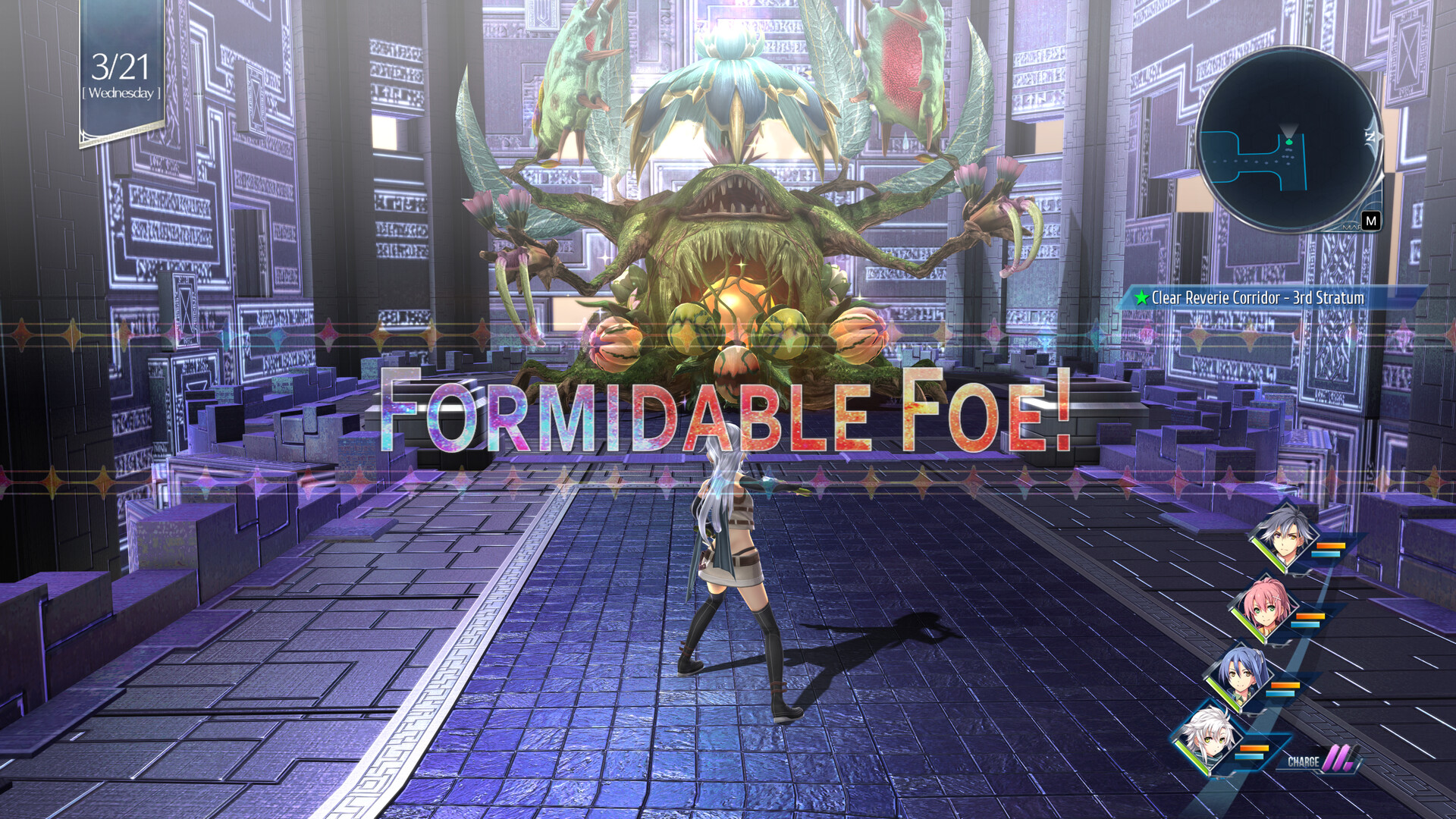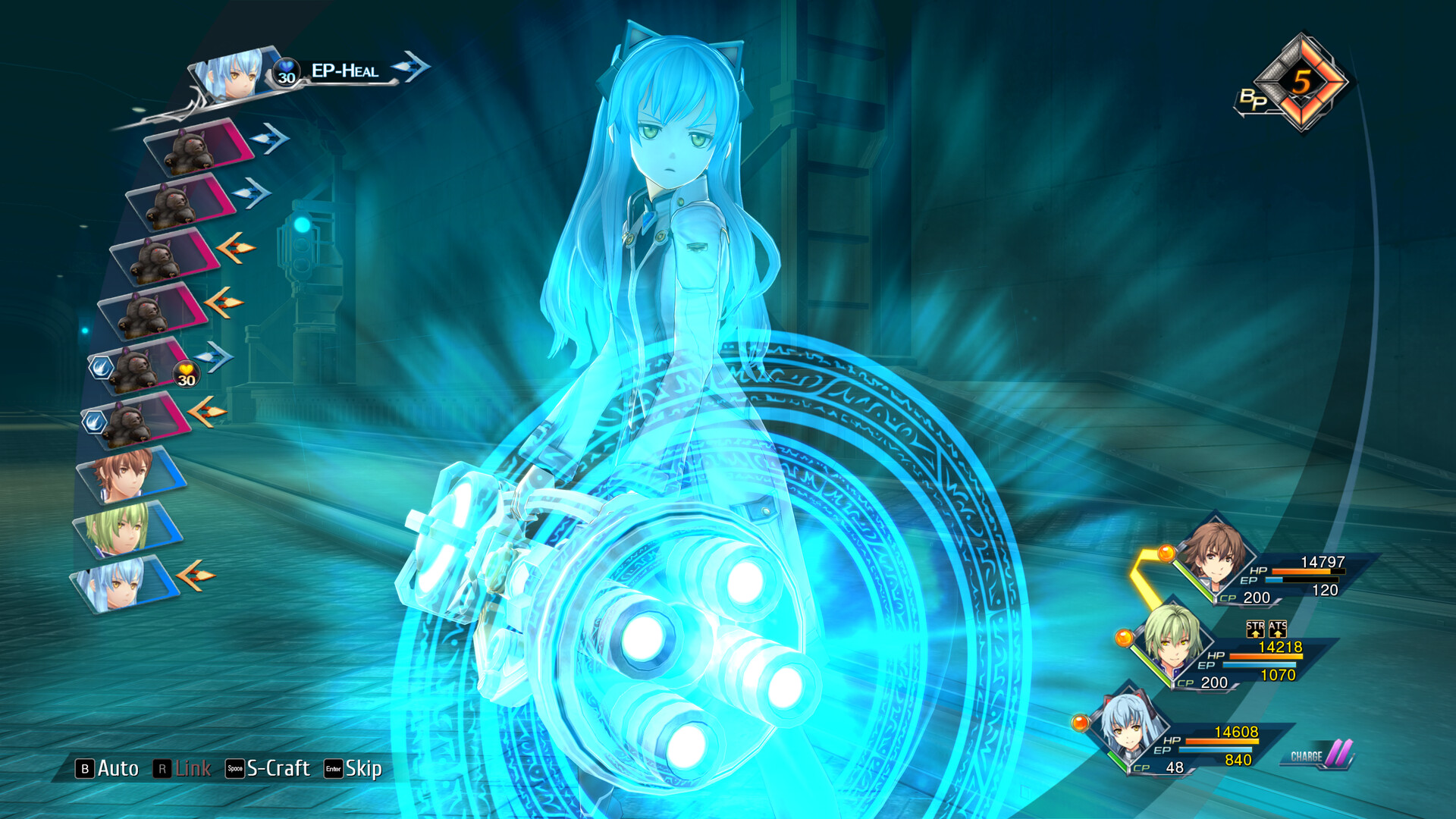
My first foray into the Trails universe was in late 2022 with the remaster of Trails from Zero. This long-running series has only recently started making waves outside of Japan with titles never before released to the West being ported over. Now, all of that has led to a clash of storylines with an all-star cast of returning characters. The Legend of Heroes: Trails of Reverie is built off the foundation of multiple series that have come together in exciting fashion. This JRPG will showcase the best of the Trails characters, storytelling, and combat in a revamped and explosive manner.
The massive endeavour of stitching these series together starts off with Lloyd Bannings from the ‘Trails of Zero’ game and his squad from the Crossbell Police force. A mere four months after ‘Operation Jormungandr,’ or as it’s more simply known, ‘The Great War’ had concluded, Lloyd, Ellie, Tio, Randy, and Juna lead one final push to rid Crossbell from the residual Imperial Defence Force that refuses to withdraw. This was a great way to make the player feel powerful and showcase the plethora of combat options as my squad were all high levels to begin with. It’s a bit of a staple of JRPGs to give you a taste of what you can achieve.
Team synergy is highly recommended as there are several defining factors to getting through combat in good enough shape to tackle the next fight. I would love to throw everything but the kitchen sink for every move, but the more powerful the attack, the longer I must wait for that character’s turn to roll around. Thinking about where to stand, which enemy to target, or even if you should run from the fight as a whole are all key to long-term success.

A standard attack is arguably the weakest but doesn’t cost anything to use, and doing so will keep you from dropping too far down the line that every player and enemy are placed in to show who moves next. There are benefits to this standard attack though, such as having linked your character with another party member, you may get a chance to double up your attack.
You also have the option to cast an S-Craft attack, and these skip the order of players at the cost of 100 CP, able to lay down a devastating area of effect move that could heal a group of allies, or they can collect a group of enemies, possibly unbalancing them and leaving them open to a paired attack by two linked party members.
There are a few pools of ability points to monitor, and these paired attacks consume Brave Points which would normally be used on Craft abilities. It is up to you to decide if they are worth getting in a quick jab with a well-timed burst, rushing, or assisting as they are prompted on the screen briefly when the enemy is unbalanced. There are many different ‘Status Efficiancies’ that can be dealt with through brave attacks, and the more you fight an enemy, the more details are revealed about them, and a Weaken prompt may light up next to a move to help optimise your strategies.

I was surprised with how well-balanced the presentation was considering the array of abilities there were at hand. The D-pad on the left has the movement, item, and run options and the face buttons on the right are organised into the different types of attack. The menu system extends like a notepad, displaying current objective and character profiles, and you can check out your battle statistics for bragging rights. I was also impressed they kept the summary option separate from the current objectives, so you could study the previous chapter if you wanted to.
The fights were able to maintain a level of freshness with the three rotating campaigns and an absolutely stacked line-up of characters to choose from. Two of the main campaigns were led by previous stars, Lloyd Banner and Rean Schwarzer, with the third being helmed by a new protagonist named C. Mixing the familiar with the new was a smart choice, and newcomers such as myself were able to latch on this mystery at the same intensity that a veteran would. There is a heavy tendency to lean on prior knowledge of the series and while I didn’t feel left out, I really needed to rely on the catch-up tool in the main menu. This feature has detailed summaries of previous games that I would have missed some of the nuances otherwise.
I enjoyed the somewhat free nature of exploring one timeline before switching to an adjacent campaign. There are certain points that require you to play catch up with the other storylines, but it wasn’t as restrictive as, say, doing one mission and then being forced to the next campaign. Each area you are in lets you move around and try to ambush an enemy to get an advantage, but I wouldn’t get your hopes up for giant expansive locations to turn over every stone in.

It didn’t occur to me instantly, but the music seemed to follow certain characters, and upon further investigation, it was tied to previous themes. These small details made me resonate further with each set of revolving rosters in unique ways and I applaud their inventiveness in implementing this design. The fight scene animations were spectacles that pulled characters from the battlefield to dark planes where colourful designs collided in space and exploded on their adversaries. Outside of those moments, the art style seemed to struggle on the Switch; the limited draw distance and awkward running animations were unmistakably dated even in a well-structured city.
With such an in-depth roster, multiple campaigns, and branching storylines, I am glad there are so many ways to tailor your experience. There are four difficulty settings that improve enemy AI to make the strategic decisions really matter, as well as auto-battle, auto text scroll, speed of battle adjusters, as well as the ability to skip cutscenes, battle animations, or dialogue too. I ran on normal for the majority of my time with the game, and I felt the leveling was fair and came often enough that I didn’t have to drown myself with side content or extra fights.
The Legend of Heroes: Trails of Reverie completely embodies its title. This is the definitive legend of the Trails heroes, all in one place, with one mighty fine juggling act of characters. The multiple campaigns running side by side paired with the deeply satisfying combat loop will have even the most storied player running around with their hands full of things to do.

The Good
- Three campaigns offer different approaches
- Tailored musical score
- Combat loop has many outlets to explore
- Menu system is easy to navigate and informative
- Catch up and summary system goes a long way
The Bad
- Graphics struggle to match the scope of the game
- Animations outside of combat are lacking








